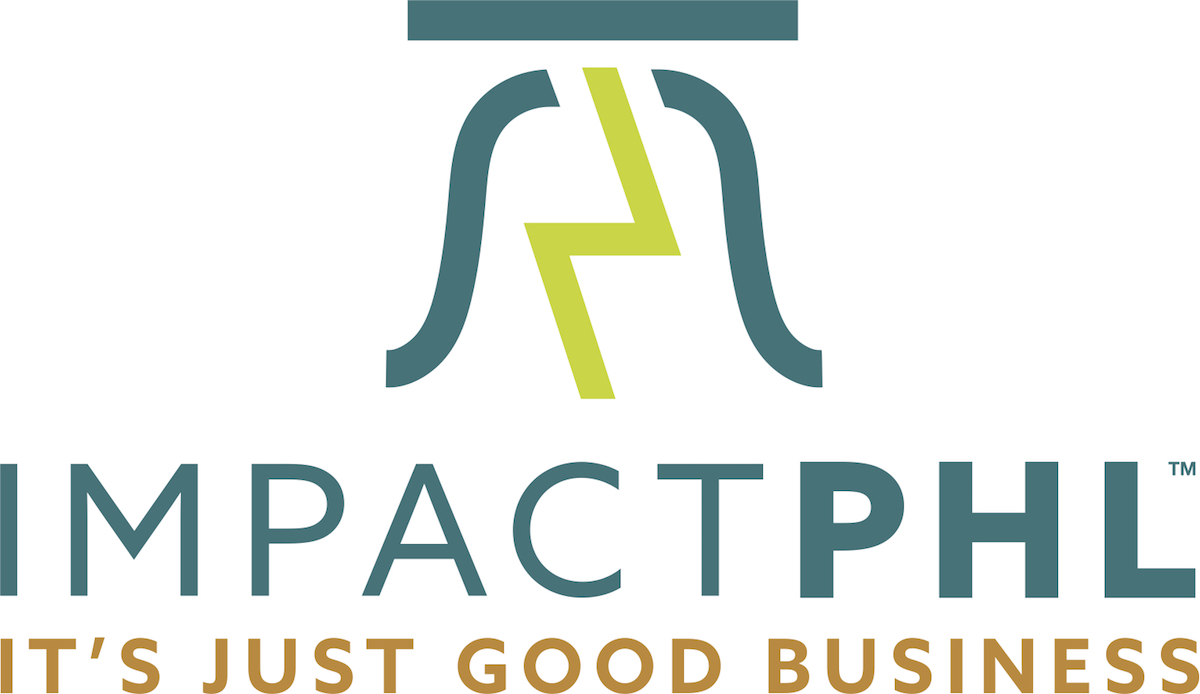Policymakers, philanthropists, social entrepreneurs, and impact investors frequently comment that we need evidence-based strategies to tackle social and environmental challenges effectively.
The call for more thoughtful evidence-use has recently hit a crescendo in impact investing, with high-profile actors showcasing methods for incorporating secondary research into due diligence.
This attention to research speaks partly to a growing awareness that much of the data that companies generate on their own fail to pass muster as impact evidence. As concluded in a recent analysis of impact investing trends, a review of impact measurement practices “finds that most are more akin to monitoring than the robust assessment of outcomes and impact.”
Information on service volume, customer demographics, hiring policies and sourcing standards may be valuable for understanding how an organization works, but collecting and analyzing rigorous evidence of impact (i.e. the actual changes in people’s lives that are attributable to specific products and services) requires a degree of resourcing and expertise that few enterprises command.
This limitation is perfectly understandable — the businesses that impact investors support are not trying to be academic departments or think tanks, so it doesn’t make sense for them to attempt randomized controlled trials and meta-analyses. Consulting the findings that professional researchers have already published is often a far more logical and efficient approach to developing an evidence-based strategy.
Of course, drawing on published evidence does not provide the “after the fact” evaluation that financial indicators offer in commercial investing and business management. But, an impact management strategy that is informed by good research, feedback loops and continuous improvement of impact-relevant company processes can be more useful than a retrospective assessment based on insufficient or irrelevant data.
Meet the Wharton Impact Accelerator
At the Wharton Social Impact Initiative (WSII), we are actively applying these principles in our student experiential learning programs. This year, we launched the Wharton Impact Accelerator, where students work with Philadelphia social enterprises to articulate theories of change, assess prospects for optimizing impact outcomes, and formulate impact evaluation frameworks. Housed at a premier research university, WSII is well-positioned to advance “impact-smart” thinking among future business leaders.
In this spirit, Accelerator fellows begin their engagement by reviewing research on the impact area in which their client operates — homelessness, unemployment, water quality, etc. This program design allows fellows to conduct their analyses with an understanding of:
- The scope and dimensions of the social and/or environmental issues their organization tackles
- The evidence for the effectiveness of strategies to address these issues
- The risks and downsides associated with these various approaches
The objective here is not to depict secondary research as a clear roadmap: Rigorous research on multifaceted problems often yields ambiguous and complex findings, particularly to a generalist reviewer. Nevertheless, we believe that research generally produces critical insight, which can inform both companies and investors on how to identify key performance indicators, and then manage, optimize and monitor their impact.
Balancing measurement and management
The conversation about evaluation in impact investing has centered on strategies for calculating impact, thereby rendering it comparable to the financial performance indicators that conventional investors use to screen, select and monitor deals. The clearest example of this emphasis on metrics is the Rise Fund’s “impact multiple of money,” which uses published research to quantify and monetize the predicted social and environmental benefits of an investment.
Quantifying impact can be an immensely useful step both in examining impact performance and in communicating goals to external stakeholders (such as limited partners), many of whom operate on the template of commercial investing and thus expect impact results to be presented with numbers, dollar signs and trend lines. However, there’s far more to understanding impact than measurement; equally important is impact management.
According to the Global Impact Investing Network, impact management involves strategies for mitigating negative effects and maximizing positive effects in alignment with one’s investment goals. While measurement focuses on whether and how much impact occurs, management entails a more active process of stewarding investments in more impact-positive directions.
Research plays a central role in impact management by enabling the content knowledge necessary for both proving and improving impact. While much of the conversation about research in impact measurement has stressed randomized controlled trials and systematic reviews, we contend that more qualitative research evidence such as case studies and ethnographies can be just as useful when it comes to developing impact management strategies.
Deep qualitative research furnishes some of the clearest examples of potential challenges and missteps that investors should know about when advising and supporting companies. Companies interested in impact management should consider a commitment to reviewing qualitative research, either by hiring someone to review such research or conducting such research themselves.
What we’re learning
Working through detailed impact analyses in the Accelerator has generated a number of important lessons.
1. Precision matters: Research findings typically focus on specific groups and situations. To make that research applicable in proving or improving a social enterprise’s impact, it’s important to clearly delineate between different groups of clients/employees/beneficiaries. This may seem obvious, but when research suggests differential impact and/or the need for specific approaches, entrepreneurs and investors need to clarify the distinct characteristics of their stakeholders.
2. Risk profile matters: Investors and entrepreneurs should apply a “risk-return” assessment to impact as well as financial return. It’s important to consider which beneficiary groups are most likely to benefit from a particular intervention, and which are more challenging to serve. An enterprise may choose to focus on those more likely to benefit or to accept the risk of serving groups for whom success is less certain. Having clarity on this differential impact allows the enterprise to shape business processes and approaches more effectively.
3. Clarity matters: An enterprise needs to be clear about distinguishing between aspirational vision and the specific role they play in the value chain. This may mean moderating the impact story and messaging to focus on the precise targeted impact. Who benefits? For how long? At what scale? A specific intervention will rarely produce permanent life-changing impact, but that intervention may yet play a valuable role in setting the stage for other meaningful changes. “Impact unicorns” are likely to be as rare as VC-backed “financial unicorns.”
The increasing focus on impact bodes well for the future of impact investing. Given the complexity of impact assessment, and, especially, of creating positive impact in light of complex, multifaceted challenges, it is not surprising that industry players are developing, testing and refining multiple approaches to impact assessment and management.
But we encourage investors to view research and impact assessment not solely as a tool for deciding whether or not to invest, but also as an ongoing opportunity to reflect on how to improve a company’s impact performance. This helpfully shifts impact-creation from an endpoint to a journey.

This essay was originally published via ImpactPHL Perspectives, a multi-part series which explores the many facets of the impact economy in Greater Philadelphia from the perspectives of its doers, movers, shakers and agents of change. This version has been edited for style.
Before you go...
Please consider supporting Technical.ly to keep our independent journalism strong. Unlike most business-focused media outlets, we don’t have a paywall. Instead, we count on your personal and organizational support.
Join our growing Slack community
Join 5,000 tech professionals and entrepreneurs in our community Slack today!

The person charged in the UnitedHealthcare CEO shooting had a ton of tech connections

From rejection to innovation: How I built a tool to beat AI hiring algorithms at their own game

Where are the country’s most vibrant tech and startup communities?


